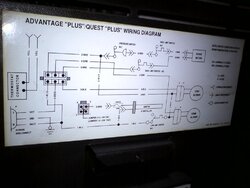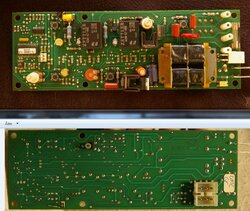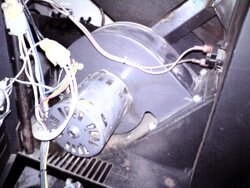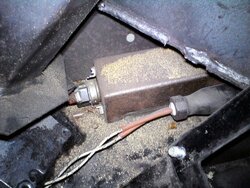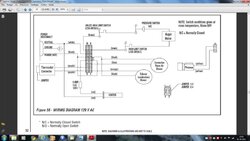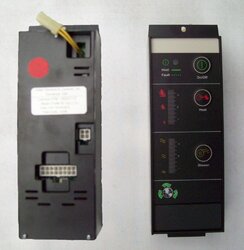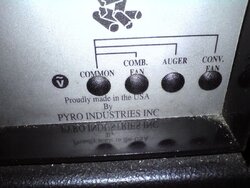Delta-T said:
Photoeye works just like a Proof of Fire switch.
Delta-T, A faulty low limit switch ( POF switch ) that remains open after the start up procedure ( 30 min. ) will make the stove shut down, when the 30 min. bypass cycle has ended. And from what you inform us in your post, so will a dirty photoeye blinded by soot/fly ash.
This issue... a stuck open POF switch or a dirty photoeye at start up, may very well cause some smoke in the room where the stove is placed, since it takes some time for the small amount of burning pellets in the pot to burn out and with the combustion blower shut down, there's only the natural draft left in the flue ( if any! ) to pull out the smoke.
Of course this smoke may cause some concern, but there is no way I can imagine that the fire should be able to find its way to the hopper. At least not in a freestanding stove. Inserts installed in an old masonry fireplace with a lot of draught in the space behind the stove, well, this could be dangerous if there's no liner all the way up inside the chimney.
Defiant, did you find both high limit switches? The Profile does have two installed.
One is placed between the hopper and the convection blower, and the other is placed in the in-let area behind the burn pot. See pics of my Quest Plus.
Now, I know it may be very difficult to get access to both high limit switches and have them tested, since it's an insert you're working on.
It's much easier to test for a proper Auger "on" voltage at the control board. I've attached a pic of a Profile 30 controlboard and wiring diagram below.
The Auger "on" voltage should be present at the two brown wires shown in the diagram. Take care... 120 V / 60 Hz can be dangerous. It's an intermittent voltage controlled by the onboard feed cycle timer.
If no voltage is present there at any time, then... you can condemn the controlboard and since you stated in an earlier post that you don't want to fiddle with the electronics inside the CB, well, purchase a new one.
Good luck and take care
Keep us posted
Bo



